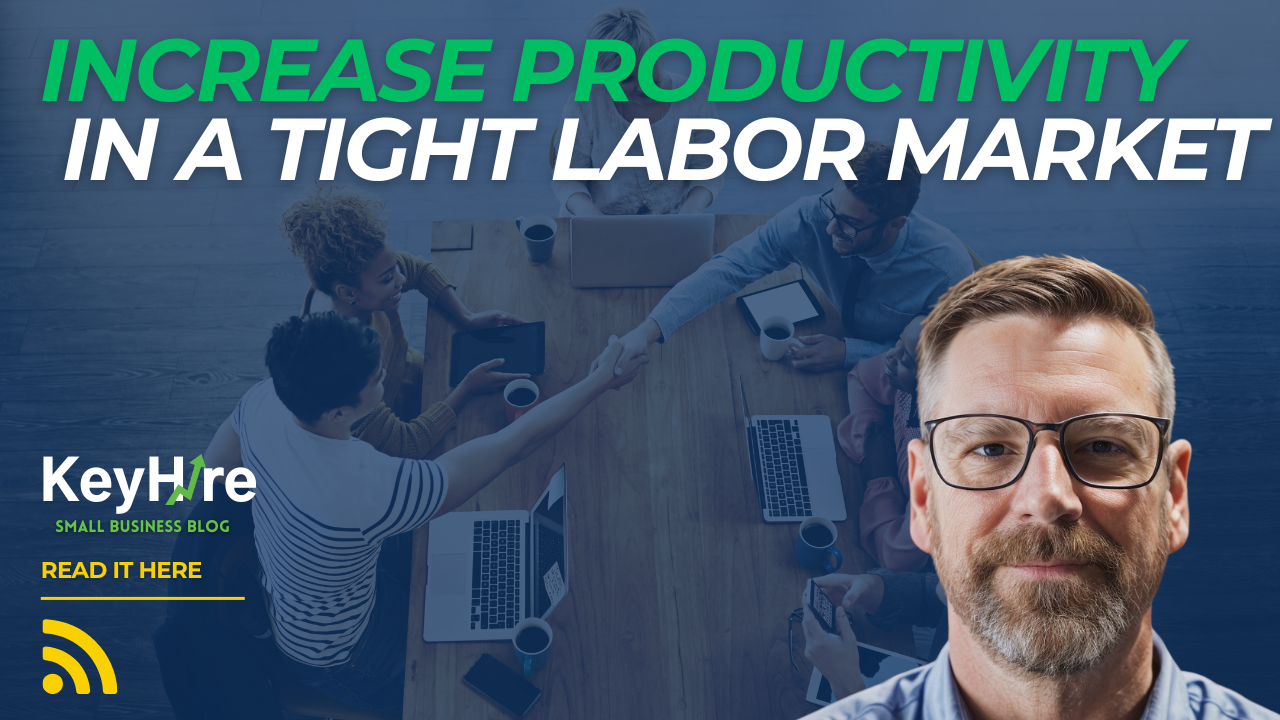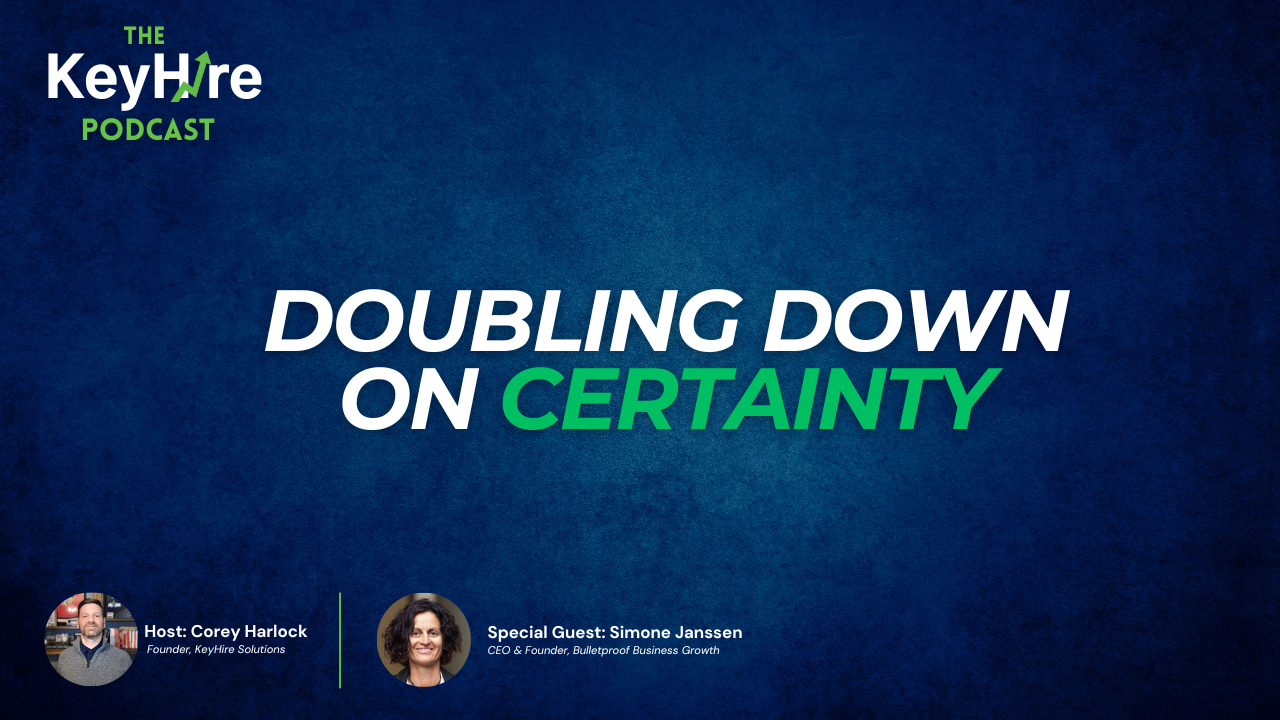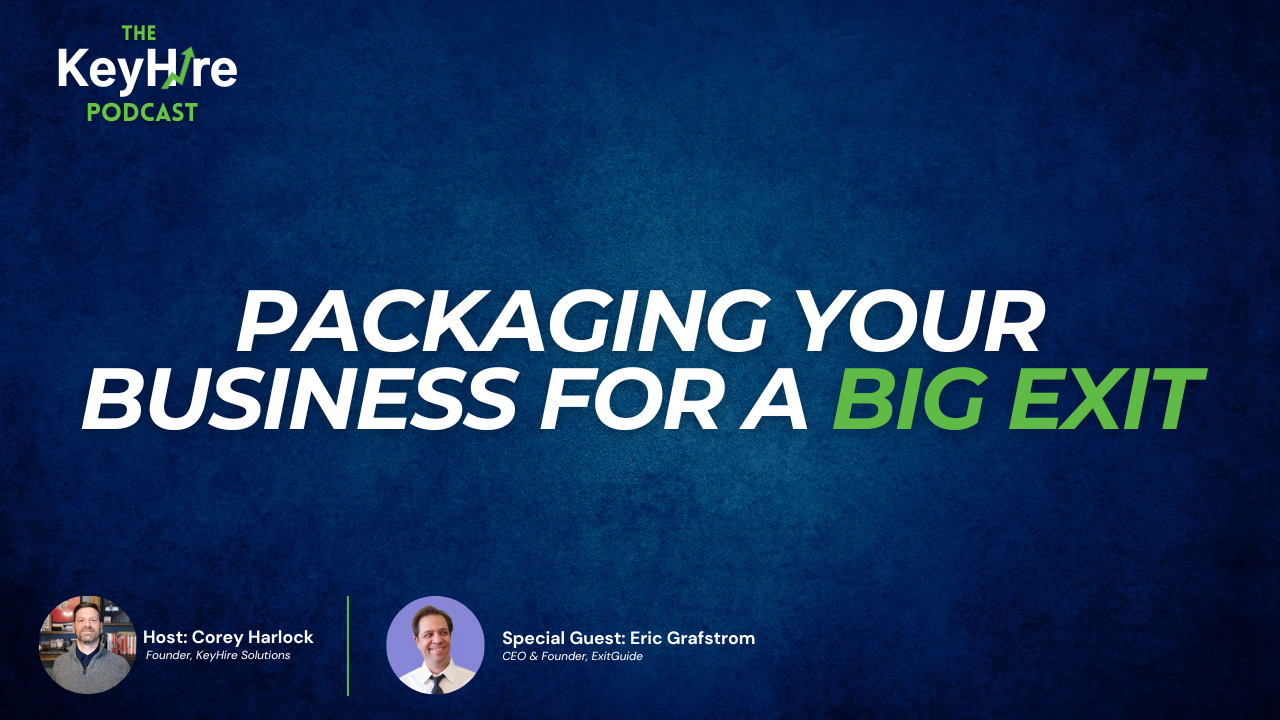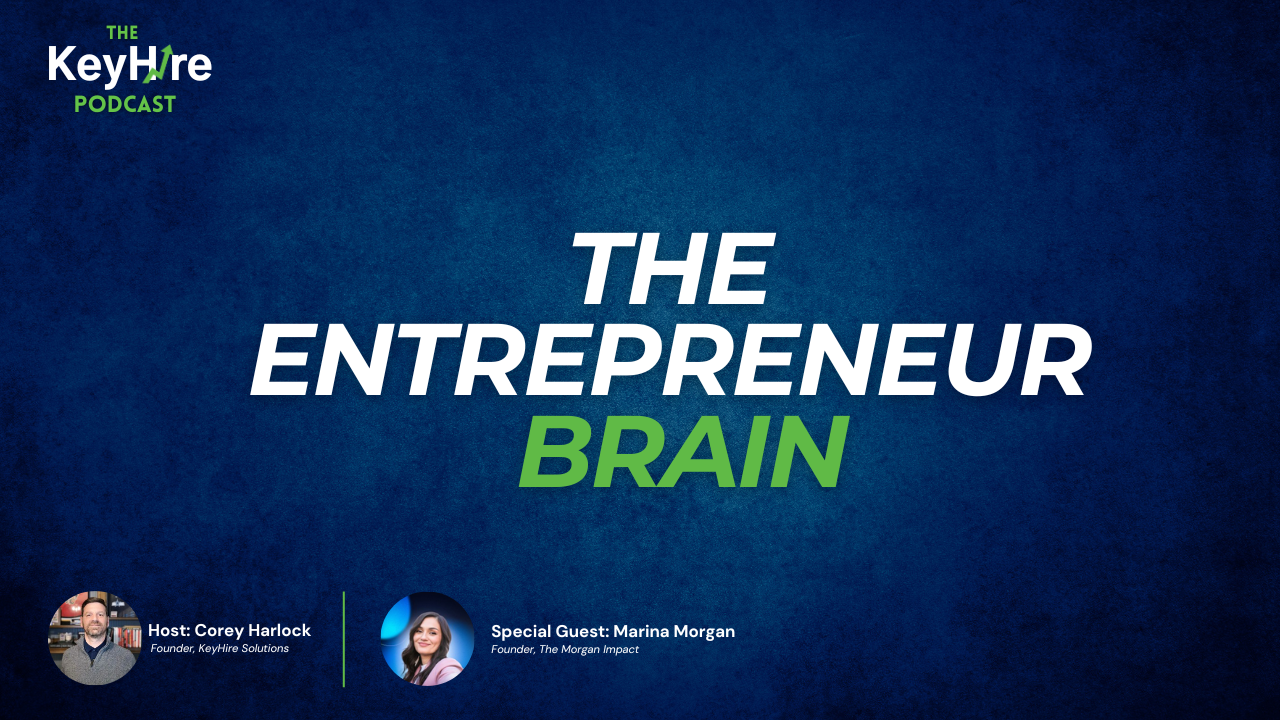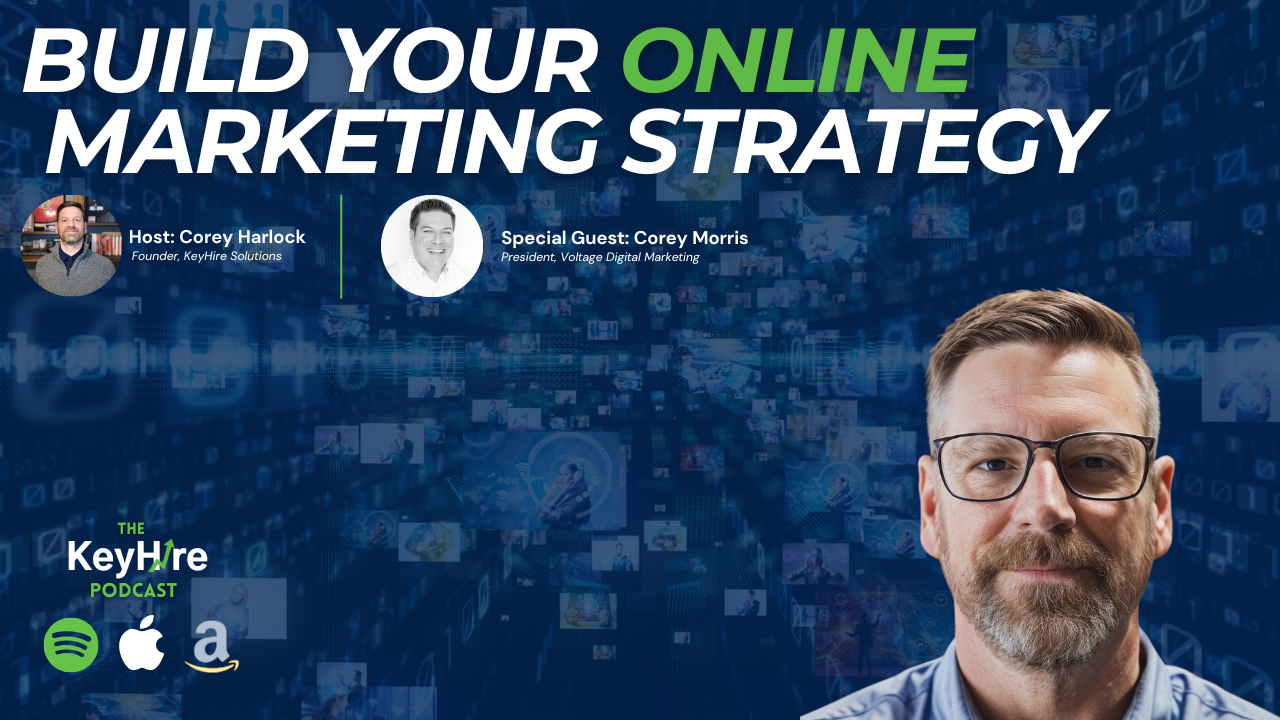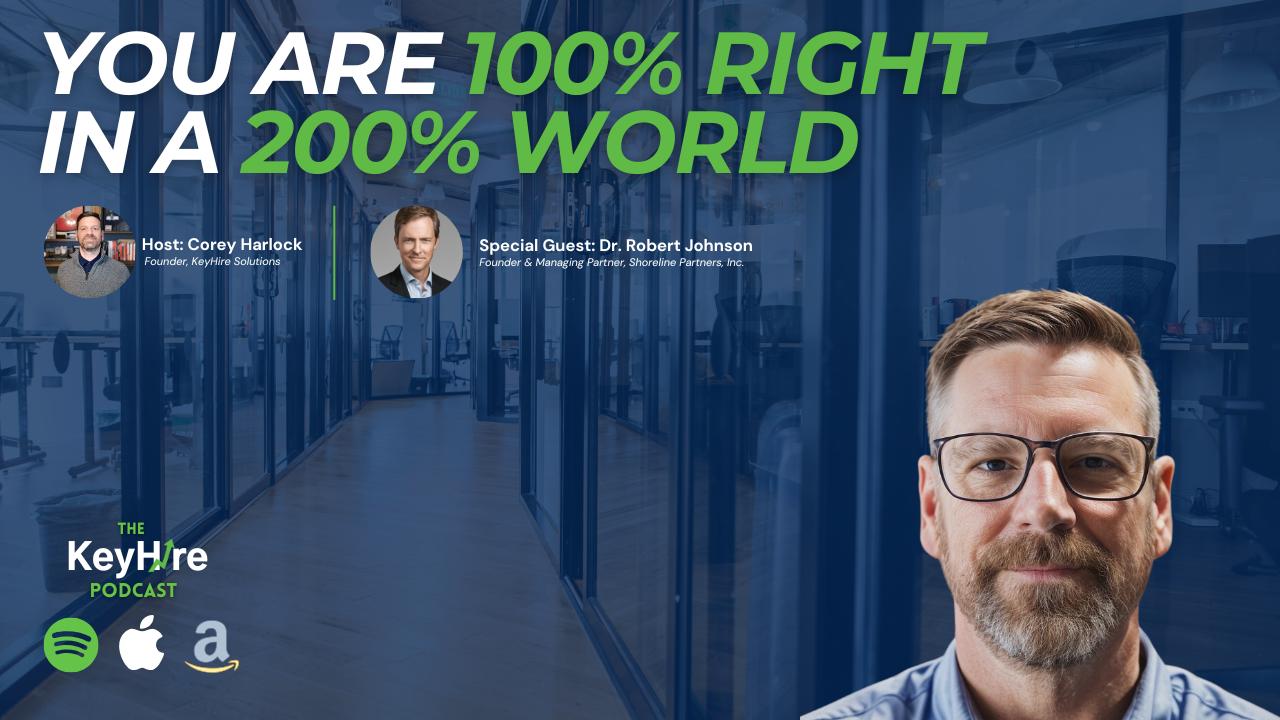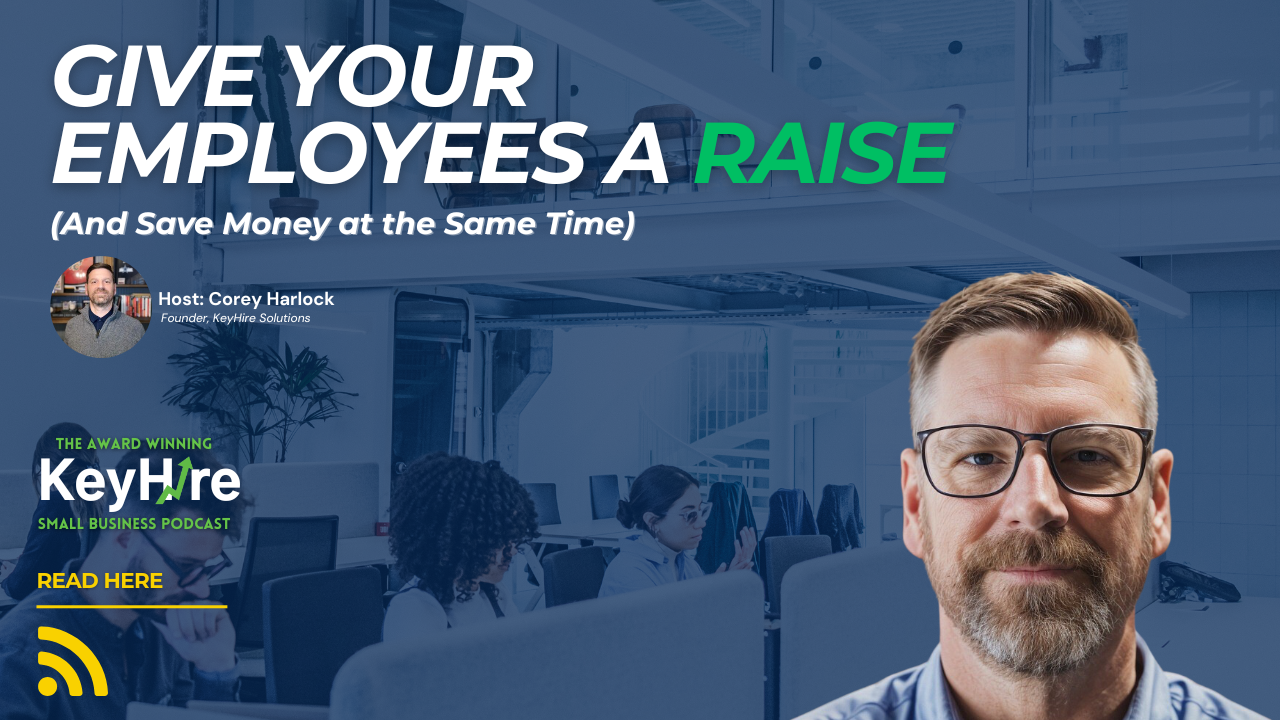Overcome Your 2025 Hiring Challenges: Essential Small Business Hiring Strategies for Growth
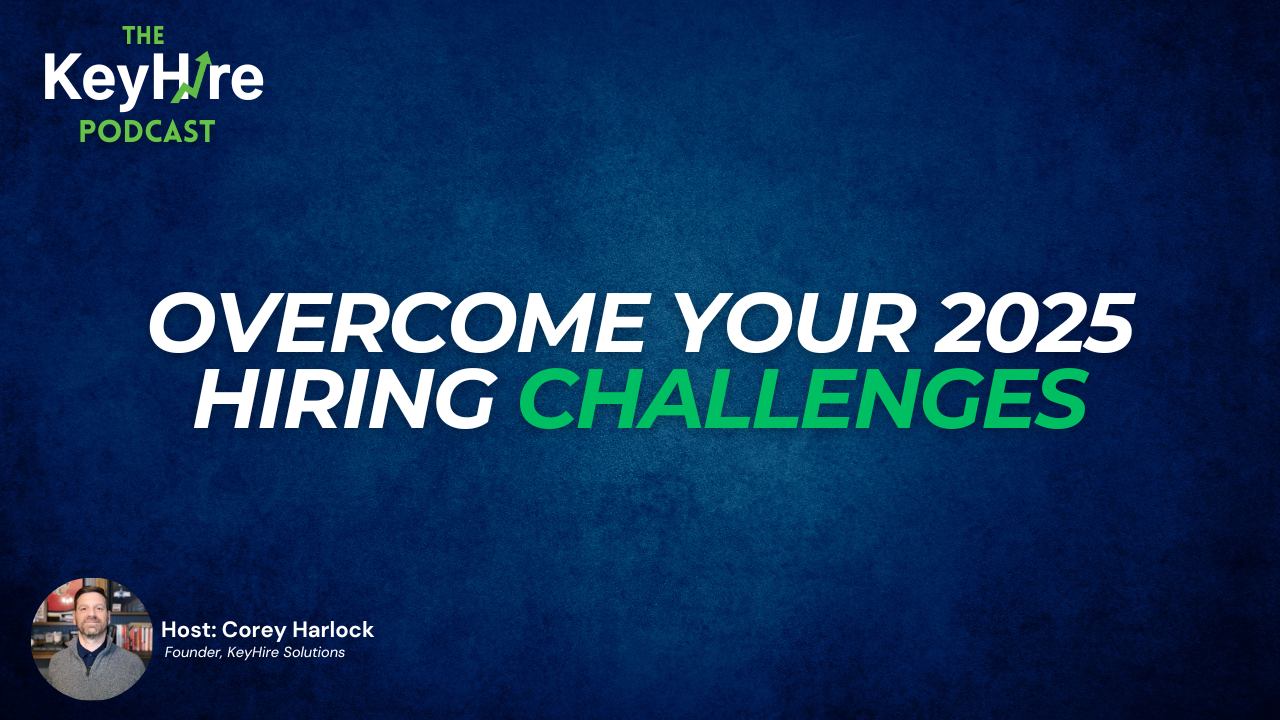
The job market in 2025 continues to present unique obstacles for small business owners. While headlines highlight layoffs across major corporations, the reality for businesses with 10 to 50 employees tells a different story. According to recent findings from the National Federation of Independent Business (NFIB), small businesses are facing unprecedented challenges in finding and retaining quality talent. In a recent episode of the KeyHire Small Business Podcast, host and KeyHire Solutions founder Corey Harlock breaks down the latest NFIB data and reveals why traditional hiring approaches are no longer effective. For small business owners generating $5 to $25 million in revenue, understanding these market shifts isn't just helpful—it's essential for sustainable growth.
The Current State of Talent Acquisition: What the Numbers Really Mean
According to Harlock's analysis of the NFIB's latest findings, the data reveals some startling trends that every small business owner should understand. His breakdown of the report shows that 19% of business owners identified filling jobs as their most important problem. A striking 40% cited hiring challenges as their biggest concern, particularly in the manufacturing, transportation, and construction sectors. Additionally, 38% of owners reported rising compensation costs as a major business challenge.
However, here's a crucial insight that many business owners overlook: despite widespread corporate layoffs, the unemployment rate remains at just 4.2%. This means the talent pool remains surprisingly shallow.
"We need to change the way we think about this," explains Harlock. "I know a lot of people think, oh, they're laying off. There's going to be a lot of people out there. We can get some good people cheap. Please change that mindset. You're hiring a rental player."
By "rental player," Harlock means employees who accept below-market offers out of temporary necessity but will leave as soon as better opportunities arise. As he explains it: "If someone's making $100,000 a year, and you are able to get them because they're unemployed for $90,000, that doesn't mean they're sticking with you. It means as soon as the economy gets better and their company calls them back and offers them $100,000, they're gone."
The math is sobering but straightforward. In a strong economy, unemployment typically hovers around 3% to 3.5%. Once you factor in the unemployable population —those without relevant skills or experience —the pool of qualified candidates shrinks dramatically. This explains why businesses continue struggling with hiring despite economic uncertainty.
Modern Workforce Realities: How Employee Expectations Changed the Game
The Remote Work Revolution Continues
The pandemic fundamentally altered worker expectations, and these changes have become permanent fixtures of the employment landscape. Today's job seekers frequently express preferences like:
- "Unless this job is 100% remote, I'm not interested."
- "I'm looking for a hybrid role where I can work 2-3 days at home."
- "Unless it pays really well, I won't consider an office position."
The Trades Crisis Deepens
Skilled trades face particularly critical shortages. Fire and life safety technicians, security specialists, and traditional trade workers are in extremely high demand. Even trade schools report lower enrollment than desired, creating a supply-demand imbalance that drives wages upward.
This shortage creates a domino effect: as businesses compete for a limited talent pool, compensation packages naturally increase. It's not just about the base salary anymore—candidates evaluate total compensation packages, including benefits, flexibility, and growth opportunities.
Business Growth Tips: Strategic Approaches to Competitive Hiring
Understanding the Seven Candidate Drivers
Successful hiring in 2025 requires a systematic approach to compensation negotiation. KeyHire Solutions has developed a framework called the "Seven Candidate Driver Comparison" that evaluates every negotiable element:
- Title and Career Progression - Candidates want to show upward mobility
- Base Salary - The foundation of any competitive offer
- Benefits Package - Often the hidden cost that derails negotiations
- 401(k) and Retirement Planning - Increasingly important for experienced workers
- Bonuses and Incentives - Performance-based compensation can differentiate offers
- Paid Time Off - Award based on experience, not tenure
- Schedule Flexibility - The new battlefield for talent acquisition
The Hidden Costs of Benefits
Many small business owners underestimate how benefits impact their competitiveness. Consider this scenario: you offer a candidate a $10,000 salary increase, but your benefits package costs them $500 more per month than their current employer. Suddenly, that attractive raise becomes a modest $4,000 increase—likely insufficient to motivate a job change.
"Here's the kicker," Harlock notes. "If they're coming from a company that has amazing benefits, and I've seen this happen a lot, this is where small business owners are at a disadvantage."
Avoiding Common Hiring Mistakes in Today's Market
Small business owners often fall into predictable traps that sabotage their hiring efforts:
- The "Desperate Candidate" Myth: Assuming unemployed candidates will accept lower offers ignores market realities. Quality candidates typically have multiple opportunities.
- Slow Decision-Making: Taking weeks to make hiring decisions virtually guarantees losing top talent to competitors who move faster.
- Lowball Initial Offers: The days of negotiating upward from conservative starting points are essentially a thing of the past. Candidates compare offers side by side and choose the best package.
- Ignoring Candidate Experience: Poor interview processes can drive candidates away from even prestigious opportunities. A smooth, professional experience often outweighs brand recognition.
- Underestimating Competition: If you're excited about a candidate, assume other employers are too. Every qualified candidate is likely fielding multiple offers.
- Focusing Only on Salary: Total compensation packages matter more than base pay. Benefits, flexibility, and growth opportunities can make or break negotiations.
Taking Action: Your Next Steps
Audit Your Current Compensation Structure
- Research market rates for your key positions
- Calculate the true cost of your benefits package
- Identify gaps where you're losing competitive edge
Streamline Your Hiring Process
- Aim for 5-10 business days from initial contact to offer
- Create a consistent, professional candidate experience
- Prepare decision-makers to move quickly on strong candidates
Develop Your Seven Candidate Driver Assessment
- Create templates for evaluating each negotiable element
- Practice having compensation conversations early in the process
- Build flexibility into your offer strategy
Invest in Your Employer Brand
- Ensure your company culture attracts quality candidates
- Develop clear career progression paths
- Create compelling reasons beyond compensation for joining your team
Key Takeaways
The hiring landscape has shifted, and successful small business owners must adapt their strategies accordingly. The current 4.2% unemployment rate means qualified candidates remain scarce, despite corporate layoffs making headlines. This reality demands a more sophisticated approach to talent acquisition.
Effective hiring in 2025 requires speed, strategic thinking, and comprehensive compensation planning. Businesses that master the Seven Candidate Driver framework while maintaining efficient processes will consistently outperform competitors still using outdated approaches.
Most importantly, remember that hiring is now like a competitive sport. "If you're excited about someone, you're talking to someone and you're very excited about getting them on your team, I can guarantee you they are talking to at least one other employer," Harlock emphasizes.
The businesses that thrive will be those that recognize this new reality and adapt accordingly. Whether you're looking to scale your operations or simply maintain your current team, understanding these market dynamics is essential for long-term success.
Ready to transform your hiring strategy? KeyHire Solutions specializes in helping small businesses navigate these complex challenges. Listen to the full discussion on overcoming 2025 hiring challenges and discover how to build the team your business deserves.
Check out our sponsor:
Career Spring, Careers launch here: https://careerspring.org/
Connect With Us:
KeyHire Solutions, Be Our Next Success Story: https://www.keyhire.solutions/testimonials
Contact Corey: corey@keyhire.solutions

